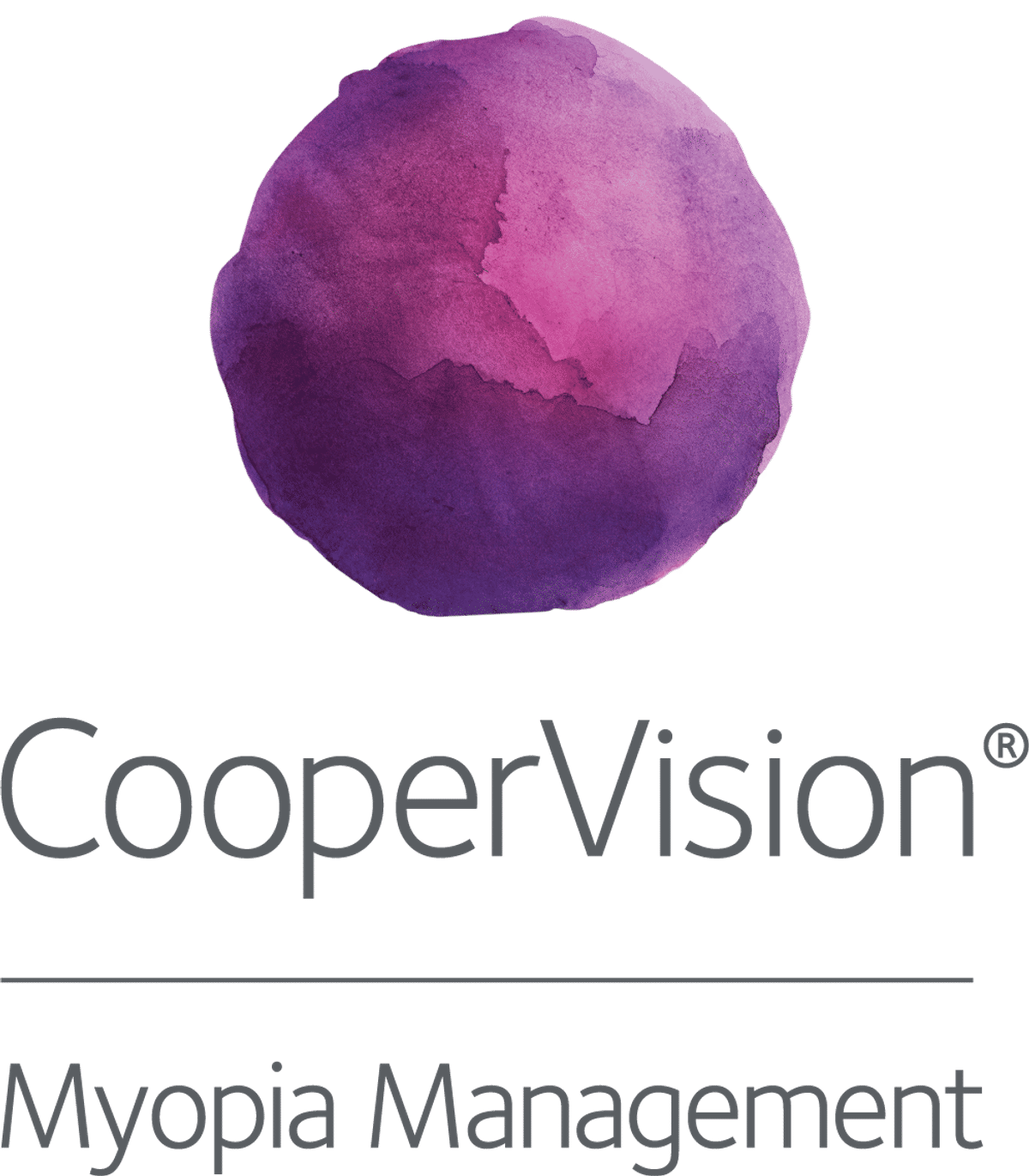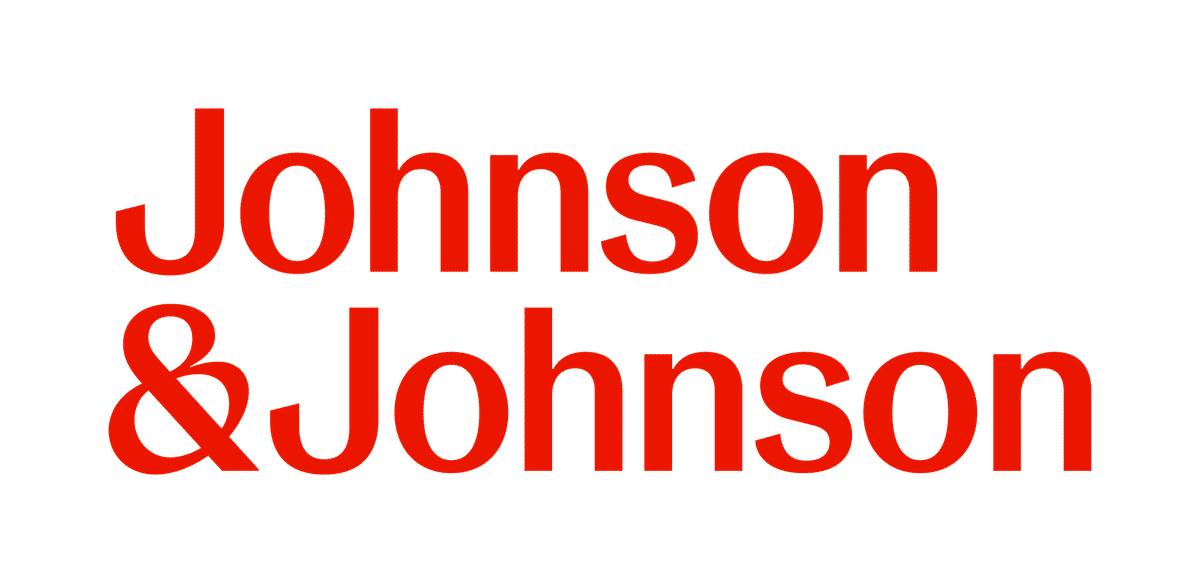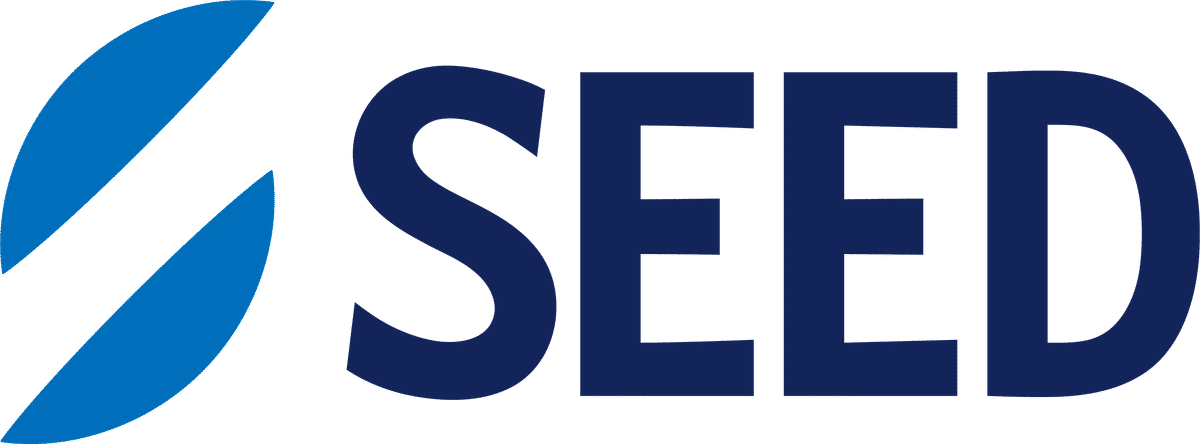Science
The cost-effectiveness of slowing myopia in childhood

In this article:
This study used lifetime simulation modelling to evaluate the cost-effectiveness of childhood myopia control. Based on a DIMS spectacle lens intervention, it predicted reduced high myopia and complications, showing nearly 90% probability of being cost-effective against the WHO threshold—supporting early intervention and public health investment.
Paper title: Lifetime cost-effectiveness of myopia control intervention for the children population
Authors: So, Ching (1,2); Lian, Jinxiao (1,2,3); McGhee, Sarah Morag (4); Sum, Rita Wing Man (1,3); Lam, Andrew Kwok Cheung Lam (1,3); Yap, Maurice Keng Hung (1,2) .
- School of Optometry, The Hong Kong Polytechnic University, Hong Kong SAR, China.
- Public Health Research Group, School of Optometry, The Hong Kong Polytechnic University, Hong Kong SAR, China.
- Research Centre for SHARP Vision (RCSV), The Hong Kong Polytechnic University, Hong Kong SAR, China.
- School of Public Health, The University of Hong Kong, Hong Kong SAR, China.
Date: Sep 2024
References: So C, Lian J, McGhee SM, Sum RWM, Lam AKC, Yap MKH. Lifetime cost-effectiveness of myopia control intervention for the children population. J Glob Health. 2024 Sep 20; 14:04183
Summary
Myopia control interventions are ideally utilised during childhood to limit progression where it is fastest. Although these options are effective, their long-term cost-effectiveness across a child’s lifetime has not been fully explored. Evaluating outcomes such as future quality of life, productivity, and reduced risk of vision-threatening complications provides a more complete picture of their value.
The authors developed a cost-effectiveness model to simulate the long-term costs and consequences of childhood myopia control. Using a hypothetical population of children aged 6–11 in Hong Kong, intervention with DIMS spectacle lenses versus no myopia control were simulated over a lifetime. The model tracked myopia progression, development of myopia-related ocular complications in adulthood, quality-adjusted life years (QALYs), and societal costs over time.
Key findings included:
- Myopia control reduced high myopia prevalence by 44.7% (from 10.7% to 5.9%) and moderate myopia by 38.1% (from 32.8% to 20.3%) at age 18.
- The model predicted relative lifetime reductions in retinal detachment (19.5%), macular degeneration (15.6%), glaucoma (10.2%), and severe visual impairment (19.2%) with myopia control.
- Lifetime costs increased by $1293 USD per child, largely due to intervention costs, but this was offset by savings in refractive correction and complication-related care.
- The incremental cost-effectiveness ratio (ICER) was $26,407 USD per QALY—below the WHO threshold of $48,359 USD (one GDP per capita in Hong Kong)—with probabilistic modelling indicating an 87% likelihood of cost-effectiveness at this threshold, supporting policy-level investment in early intervention.
What does this mean for my practice?
This study demonstrates that childhood myopia control is a cost-effective investment that benefits not only individuals and their families, but also wider society. The findings reinforce the importance of initiating myopia control earlier, ideally at the point of diagnosis when myopia is still mild, before progression to higher levels where the risk of complications increases. A secondary analysis also showed greater benefit when intervention began between ages 6 and 8, further supporting the rationale for early detection and prompt initiation. Reducing long-term risks such as retinal detachment, myopic macular degeneration, and glaucoma is not only clinically valuable but economically justified.
While this study modelled DIMS lenses specifically, the simulation framework is adaptable to assess other interventions by modifying input assumptions and parameters. Importantly, these findings can help practitioners communicate the long-term value of myopia control to families, addressing concerns about costs by framing treatment as a preventative health strategy with enduring benefits for vision and quality of life.
What do we still need to learn?
This analysis provides strong evidence for the lifetime cost-effectiveness of childhood myopia control. However, there are some limitations:
The model assumed long-term stable treatment effects, 100% uptake by patients and continued wear compliance until age 18. This may not reflect real-world variability in adherence or individual requirement.
The model focused on DIMS spectacle lenses as an example of a currently available intervention. More work is needed to assess how these findings translate to other treatments and their respective costs, such as orthokeratology, multifocal soft contact lenses, or low-concentration atropine. Further research should also examine cost-effectiveness under different uptake scenarios and across diverse health systems, especially where public subsidies may be involved.
Abstract
Purpose: Myopia is a common eye condition and projected to affect half of the global population by 2050. Controlling its progression during childhood may prevent associated ocular diseases in later life. Certain interventions retard myopia progression but their long-term costs and consequences are not well understood. We evaluated the cost-effectiveness of myopia control via an optical approach using the Defocus Incorporated Multiple Segments (DIMS) lens over a lifetime.
Methods: We constructed an individual-based, state-transition model to simulate 1) the development and progression of myopia in childhood with and without control and 2) the impact of myopia on the development of four sight-threatening complications in adulthood. We compared strategies of myopia control with 100% uptake vs. no myopia control from the societal perspective to determine whether myopia control is value for money.
Results: With myopia control, the cumulative prevalence of high myopia was relatively reduced by 44.7% (5.9 vs. 10.7%) and severe visual impairment by 19.2% (2.2 vs. 2.7%) compared to no myopia control. The lifetime cost per quality-adjusted life year gained was 26 407 US dollars (USD) and is considered cost-effective compared to the threshold recommended by the World Health Organization (WHO) of one times annual per capita gross domestic product (48 359 USD). Probabilistic sensitivity analysis showed that myopia control had an 87% likelihood of being cost-effective at the WHO threshold.
Conclusions: Myopia control is cost-effective when provided to all eligible children. Further investigation is required to determine if it is cost-effective for the government to subsidise myopia control in order to maximise access.
Meet the Authors:
About Ailsa Lane
Ailsa Lane is a contact lens optician based in Kent, England. She is currently completing her Advanced Diploma In Contact Lens Practice with Honours, which has ignited her interest and skills in understanding scientific research and finding its translations to clinical practice.
Read Ailsa's work in the SCIENCE domain of MyopiaProfile.com.
References
Enormous thanks to our visionary sponsors
Myopia Profile’s growth into a world leading platform has been made possible through the support of our visionary sponsors, who share our mission to improve children’s vision care worldwide. Click on their logos to learn about how these companies are innovating and developing resources with us to support you in managing your patients with myopia.












